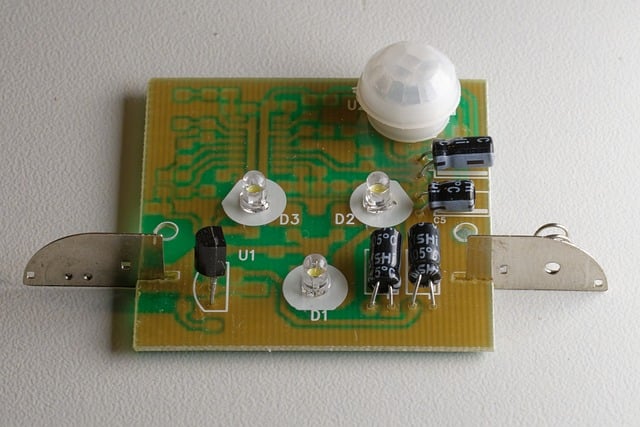The Nanosensors Market is poised for tremendous growth in 2025, driven by technological advancements and the increasing demand for smaller, more efficient sensors in a wide range of industries. Nanosensors, which are designed to detect and measure physical, chemical, or biological information at the nanoscale, are revolutionizing sectors such as healthcare, automotive, environmental monitoring, and agriculture. The global shift towards miniaturization, combined with growing awareness of the potential of nanotechnology, is expected to propel the market to new heights.
Key Drivers of Nanosensors Market Growth
- Technological Advancements
- The development of advanced materials and manufacturing techniques is one of the key factors behind the rapid growth of the nanosensors market. Innovations in nanomaterials, such as carbon nanotubes and nanowires, are making it possible to create highly sensitive sensors that can detect even trace amounts of substances. Furthermore, the integration of nanosensors with Internet of Things (IoT) devices and artificial intelligence (AI) systems enhances their performance, making them smarter and more versatile.
- Rising Demand in Healthcare
- The healthcare sector is one of the biggest beneficiaries of nanosensor technology. Nanosensors can revolutionize diagnostics by enabling real-time monitoring of diseases at the molecular level. They can be used for detecting biomarkers, monitoring glucose levels in diabetic patients, and even identifying the presence of cancerous cells early on. The growing emphasis on personalized medicine and preventive healthcare is expected to drive the adoption of nanosensors in clinical settings.
- Environmental Monitoring and Sustainability
- Environmental concerns are increasingly influencing market dynamics, and nanosensors play a critical role in sustainable practices. These sensors are capable of detecting air pollutants, hazardous chemicals, and other environmental toxins with high precision. As governments and organizations around the world adopt stricter regulations for environmental protection, the demand for efficient, portable, and cost-effective monitoring systems is expected to surge.
- Automotive and Smart Manufacturing
- The automotive industry is incorporating nanosensors into vehicles to enhance safety, performance, and fuel efficiency. These sensors can monitor tire pressure, detect engine malfunctions, and even assess the condition of critical components in real-time. Likewise, smart manufacturing, or Industry 4.0, is benefiting from nanosensor technology by improving automation, predictive maintenance, and process optimization.
Market Trends to Watch in 2025
- Integration with IoT and AI
- As the IoT ecosystem continues to expand, nanosensors will play a vital role in providing data for a wide range of connected devices. These sensors will be integral to smart homes, wearables, and industrial automation systems. The synergy between nanosensors and AI will enable predictive analytics and decision-making, further enhancing the value of this technology.
- Miniaturization and Low-Cost Production
- Miniaturization is at the heart of the nanosensor revolution. With the ability to create smaller, more efficient devices at a lower cost, manufacturers will be able to scale production and reach a broader market. The increasing affordability of nanosensors will make them more accessible for small and medium-sized businesses, fueling widespread adoption.
- Collaborations and Mergers
- In an effort to stay ahead of the competition, key players in the nanosensors market are forming strategic alliances, collaborations, and mergers. This trend will lead to faster innovation, improved production capabilities, and the development of new applications for nanosensors across various industries.
Challenges and Opportunities Ahead
While the potential for growth in the nanosensors market is immense, there are challenges to address. Issues related to cost-effective manufacturing, regulatory hurdles, and concerns over the safety and environmental impact of nanomaterials remain. However, these challenges present opportunities for innovative companies to pioneer solutions that will shape the future of this dynamic market.
For More Info https://www.gmiresearch.com/report/global-nanosensors-market/
Conclusion
As we approach 2025, the nanosensors market is set to experience remarkable growth, driven by advancements in technology, increased demand in key industries, and a growing focus on sustainability and innovation. The rise of smart, connected devices, along with the healthcare, automotive, and environmental sectors, will create new opportunities for nanosensor developers. With continued research and development, the potential for nanosensors to change the way we live and work is limitless.





Comments